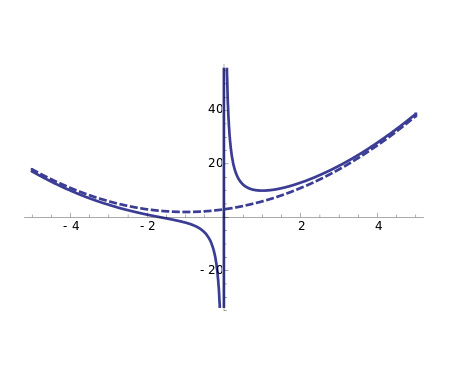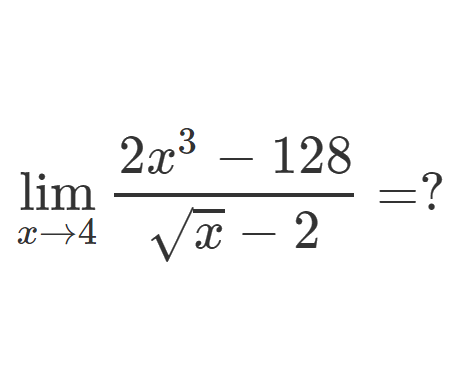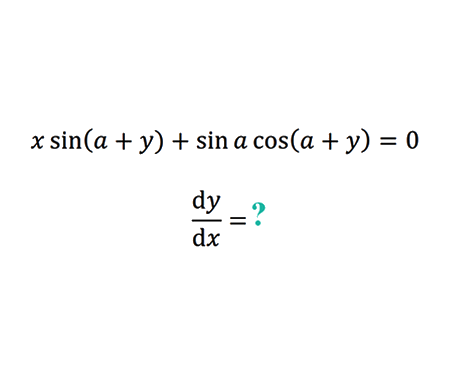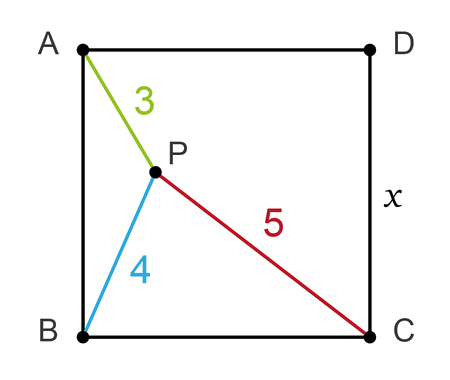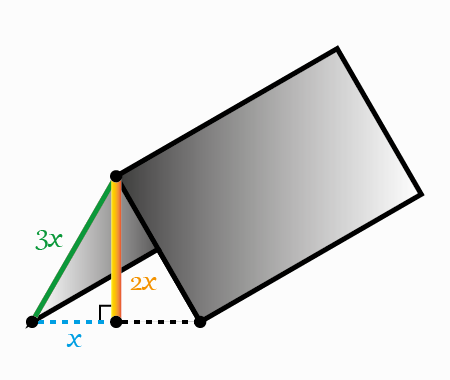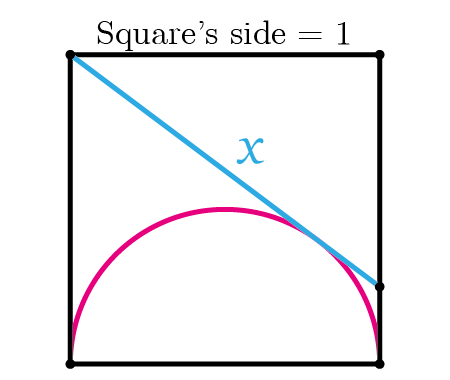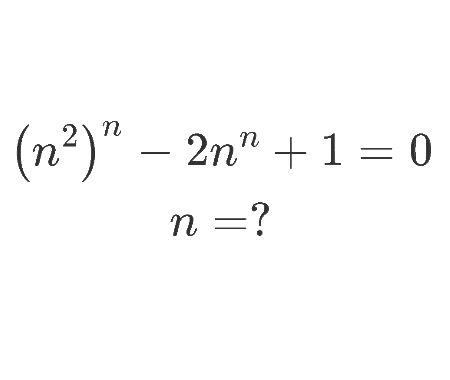Solve the equation for n
Home -> Solved problems -> Solve the equation for n
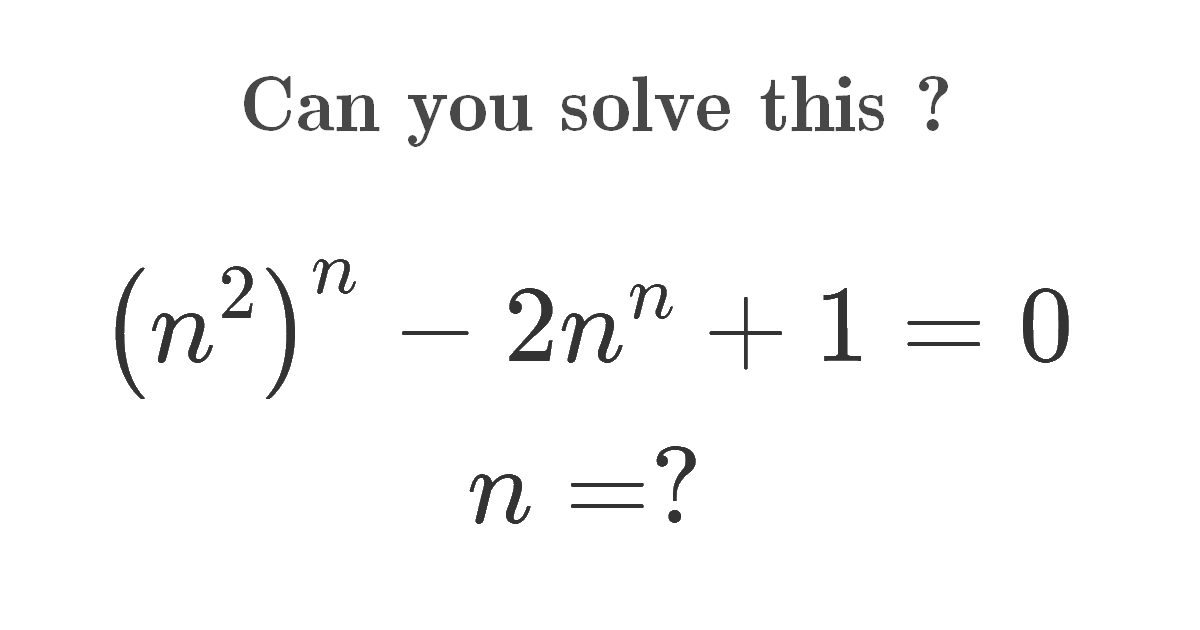
Solution
Let’s start solving the equation, we solve the equation for n
\[\begin{aligned}
&\left(n^{2}\right)^{n}-2 n^{n}+1=0 \\\\
&\left(n^{n}\right)^{2}-2 n^{n}+1=0 \\\\
&\operatorname{Let} x=n^{n}, \\\\
&x^{2}-2 x+1=0 \\\\
&(x-1)^{2}=0 \\\\
&x=1 \Rightarrow n^{n}=1 \\\\
&\operatorname{ln}\left(n^{n}\right)=\operatorname{ln}(1) \\\\
&n \operatorname{ln} n=0 \\\\
&n \neq 0 \text { thus } \operatorname{ln} n=0 \\\\
&\Rightarrow n=1
\end{aligned}\]
Home -> Solved problems -> Solve the equation for n
Every problem you tackle makes you smarter.
↓ Scroll down for more maths problems↓
↓ ↓
↓ ↓
↓ ↓
Prove that the function \(f(x)=\frac{x^{3}+2 x^{2}+3 x+4}{x}
\) has a curvilinear asymptote \(y=x^{2}+2 x+3\)
Why does the number \(98\) disappear when writing the decimal expansion of \(\frac{1}{9801}\) ?
↓ ↓
↓ ↓
↓ ↓
↓ ↓
↓ ↓
↓ ↓
↓ ↓
↓ ↓
↓ ↓
↓ ↓
↓ ↓
↓ ↓
if we draw an infinite number of circles packed in a square using the method shown below, will the sum of circles areas approach the square's area?
↓ ↓
↓ ↓
↓ ↓
↓ ↓
Home -> Solved problems -> Solve the equation for n














